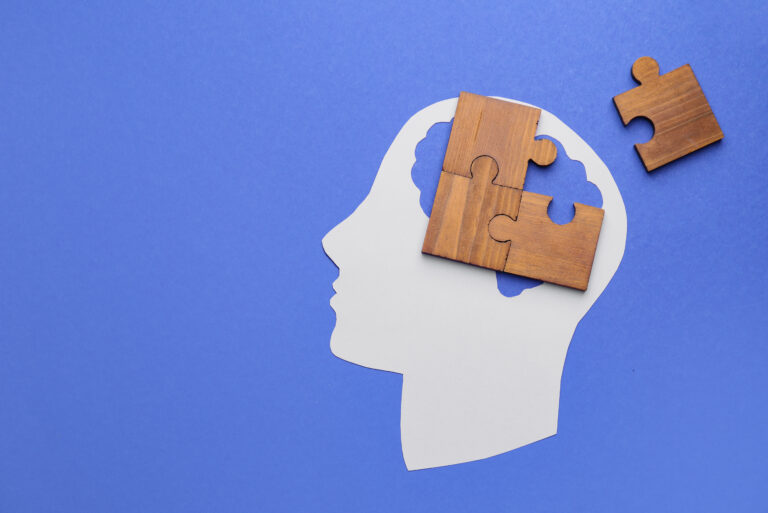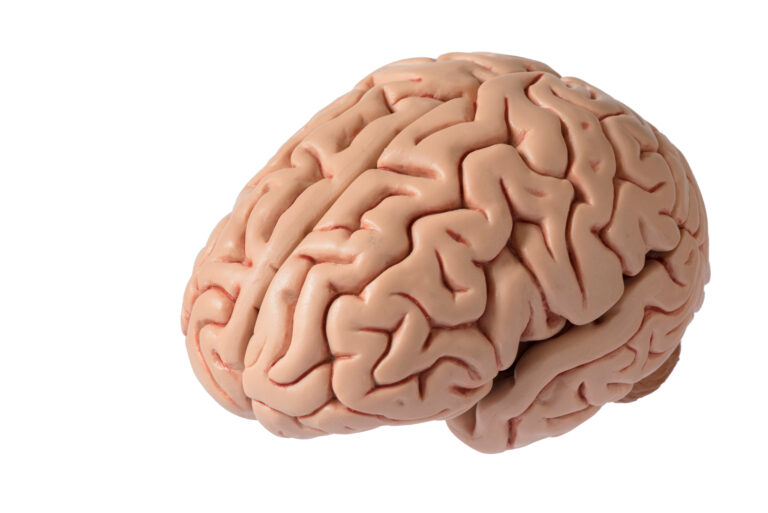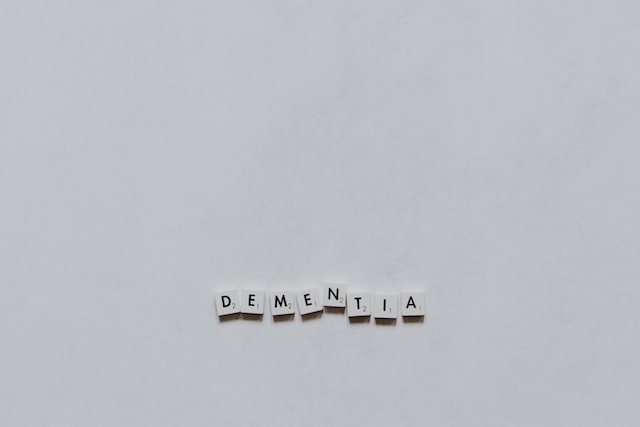As we grow older, we often hear about the various effects of aging on our bodies. From wrinkles and gray hair to joint stiffness and memory decline, it seems like there’s no escaping the toll that aging takes on us. However, recent breakthroughs in neuroscience have shed light on the role of neuroplasticity in aging and how it can potentially slow down or even reverse some of the effects of aging on our brains.
Neuroplasticity refers to the brain’s ability to change and adapt throughout our lives. It was once believed that our brains stopped developing in childhood, but research has shown that our brains continue to form new connections and reorganize existing ones in response to our environment and experiences. This process is crucial for learning, memory, and overall brain function.
In the past, it was thought that as we age, our brains become less plastic, making it harder for us to learn new things and retain memories. However, recent studies have shown that this may not be entirely true. In fact, neuroplasticity may play a significant role in mitigating some of the effects of aging on our brains.
One study published in the journal Nature Neuroscience found that older adults who engaged in new and challenging activities showed an increase in brain activity and improved cognitive function. The study compared two groups of older adults, one group participated in activities such as learning a new language or a musical instrument, while the other group engaged in more passive activities like watching TV or listening to music. The results showed that the group who engaged in more mentally stimulating activities had increased connectivity in brain regions associated with memory and learning.
Another study conducted by researchers at Harvard Medical School and Massachusetts General Hospital found that regular exercise can also promote neuroplasticity in aging brains. The study followed a group of older adults who engaged in aerobic exercise for six months and compared their brain scans to those of a control group who did not exercise. The results showed that the exercise group had significant increases in brain volume in areas associated with memory and learning.
So how exactly does neuroplasticity work in mitigating the effects of aging on our brains? One theory is that as we age, our brains experience a decline in the production of growth factors, which are essential for maintaining the health and function of our neurons. These growth factors also play a vital role in neuroplasticity by promoting the formation of new connections between neurons. Therefore, engaging in mentally stimulating activities and exercise may increase the production of growth factors, leading to improved neuroplasticity and cognitive function.
Additionally, neuroplasticity may also help to counteract the effects of age-related diseases such as Alzheimer’s. A study published in the Journal of Neuroscience found that people with a higher level of education, which is associated with increased neuroplasticity, had a lower risk of developing Alzheimer’s disease. This suggests that promoting neuroplasticity through activities and exercise may have a protective effect against age-related cognitive decline and diseases.
While these studies provide promising evidence for the role of neuroplasticity in aging, more research is needed to fully understand its mechanisms and how it can be harnessed to promote healthy aging. However, it’s clear that engaging in mentally stimulating activities and exercise can have a positive impact on our brains as we age.
In addition to these lifestyle interventions, there is also ongoing research into potential medical treatments that target neuroplasticity. One promising avenue is the use of drugs that can mimic the effects of growth factors in the brain. These drugs have shown promise in animal studies, and clinical trials are currently being conducted to test their effectiveness in promoting neuroplasticity in humans.
In conclusion, while aging is an inevitable process, our understanding of neuroplasticity offers hope for a healthier and more vibrant brain as we grow older. From engaging in mentally stimulating activities and exercise to potential medical treatments, the possibilities for promoting neuroplasticity and mitigating the effects of aging on our brains are exciting. So let’s embrace these breakthroughs and continue to explore ways to keep our brains sharp and resilient as we age.





